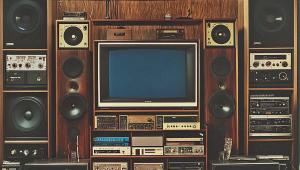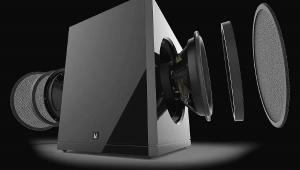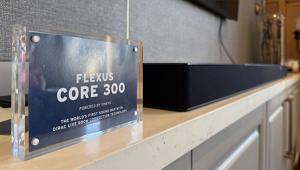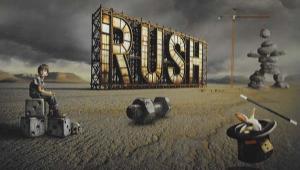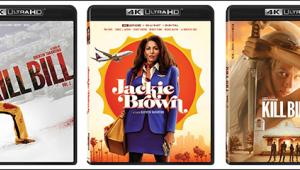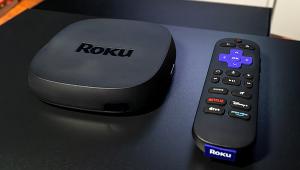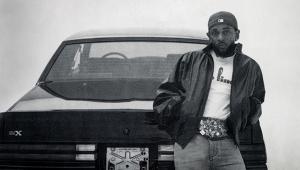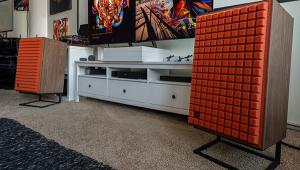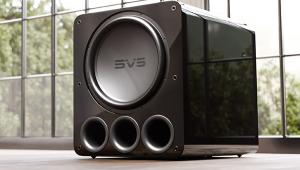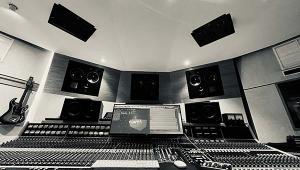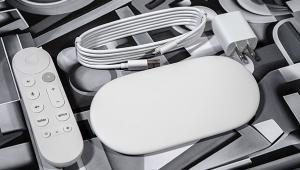Hitachi DV-RX5000U DVD Recorder

The sense of déjà vu was overwhelming when I started working with Hitachi's DV-RX5000U - and not only because its DVD-RAM capabilities let me play a recording while it was still being made! With an exploding product category like DVD recorders and the reality of global manufacturing - a single factory may produce similar or identical units for several companies - we were bound eventually to test a "new" recorder that we'd already reviewed under a different brand name. This is not a bad thing. You now have more possibilities when it comes to price comparison. And for a manufacturer new to this field, it's better to give consumers a deck of proven quality than to risk making mistakes while your engineering staff gets up to speed.
 So it turns out that the DV-RX5000U is virtually a clone of Panasonic's DMR-E50, which Ken Pohlmann favorably reviewed last year ("DVD Dimensions," July/August). The differences between the two recorders are superficial and confined primarily to their front panels. Hitachi's is actually superior, with the skinny bar controls on the right being larger and easier to hit than Panasonic's switches. The remote controls are identical to the last button (each remote will operate the other recorder), and the operation sections of the owner's manuals match right down to the illustrations, text, typefaces, and pagination.
So it turns out that the DV-RX5000U is virtually a clone of Panasonic's DMR-E50, which Ken Pohlmann favorably reviewed last year ("DVD Dimensions," July/August). The differences between the two recorders are superficial and confined primarily to their front panels. Hitachi's is actually superior, with the skinny bar controls on the right being larger and easier to hit than Panasonic's switches. The remote controls are identical to the last button (each remote will operate the other recorder), and the operation sections of the owner's manuals match right down to the illustrations, text, typefaces, and pagination.
As a DVD-RAM recorder, the DV-RX5000U offers the format's standard set of simultaneous record-playback functions, which provide some of the viewing flexibility of a video hard-disk recorder but without its added expense. These include such déjà vu features as the ability to watch the program being recorded from a point earlier in the dub and to watch a previously recorded program while recording another one. All this is made possible by DVD-RAM's high data-transfer rate.
|
The downside of DVD-RAM is that it's the least compatible format with existing DVD playback devices, whether standalone players or DVD drives in computers. But if you want to make a disc that almost any DVD machine will be able to play, the DV-RX5000U - like the Panasonic and every other DVD-RAM recorder we've seen - also records on nonerasable, write-once DVD-R discs, which are much more widely playable.
| PLUS Versatile features set. Solid recording and playback performance. MINUSComplex editing procedures. |
While video and audio quality don't change with disc format, editing capabilities do. DVD-R, when used in a recorder not equipped with a hard-disk drive (like this one), offers extremely limited editing capabilities. You can give titles to discs and programs, and you can even "erase" programs, but you won't be able to record anything else "over" the erased programs. "Erased" space on a DVD-R, unlike on a DVD-RAM, is not recoverable. Also, DVD-Rs must be finalized before they can be played in other devices, a process that generates a handy onscreen menu but prevents further recording on them.
 |
| The Hitachi DV-RX50000U can not only time-shift Sex and the City but will even let you compile a DVD-RAM disc of your favorite scenes. |
Basic TV or auxiliary-input recording is simple enough, as is operation of the simultaneous record-playback features on DVD-RAM. Things become more complex only when it comes to editing - an impression that's heightened by the manual's logical but complex description of what you can and can't do with each recordable-DVD format.
We've consistently found Panasonic DVD recorders to be solid performers, and this close cousin from Hitachi is no exception. It not only offers TiVo-like abilities to time-shift and control your TV viewing in ways a VCR could never do, but its extensive, if somewhat cumbersome, editing facilities will let you make "keeper" discs of favorite scenes, something no plain TiVo or ReplayTV recorder can do. PDF: In The Lab
- Log in or register to post comments

























